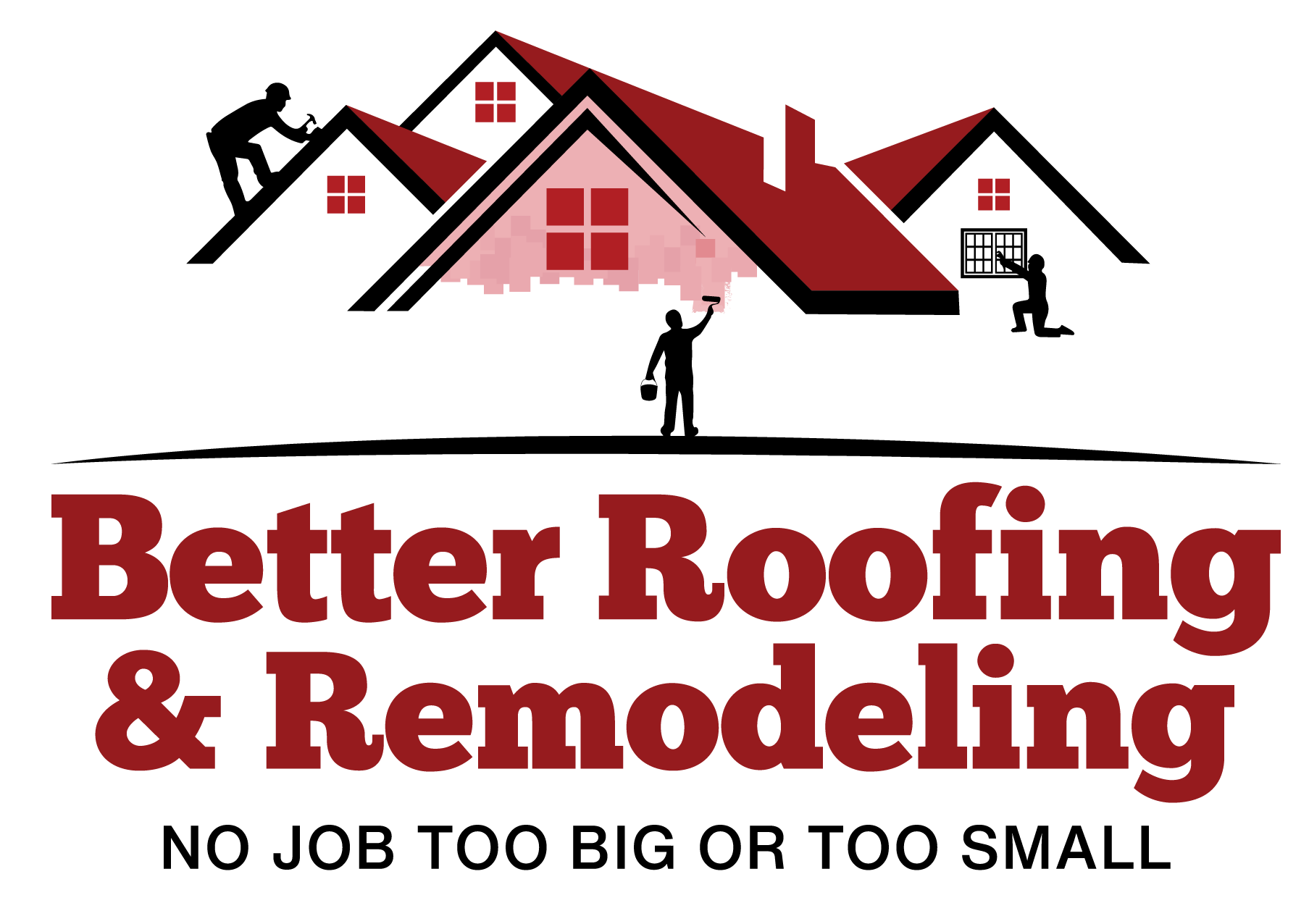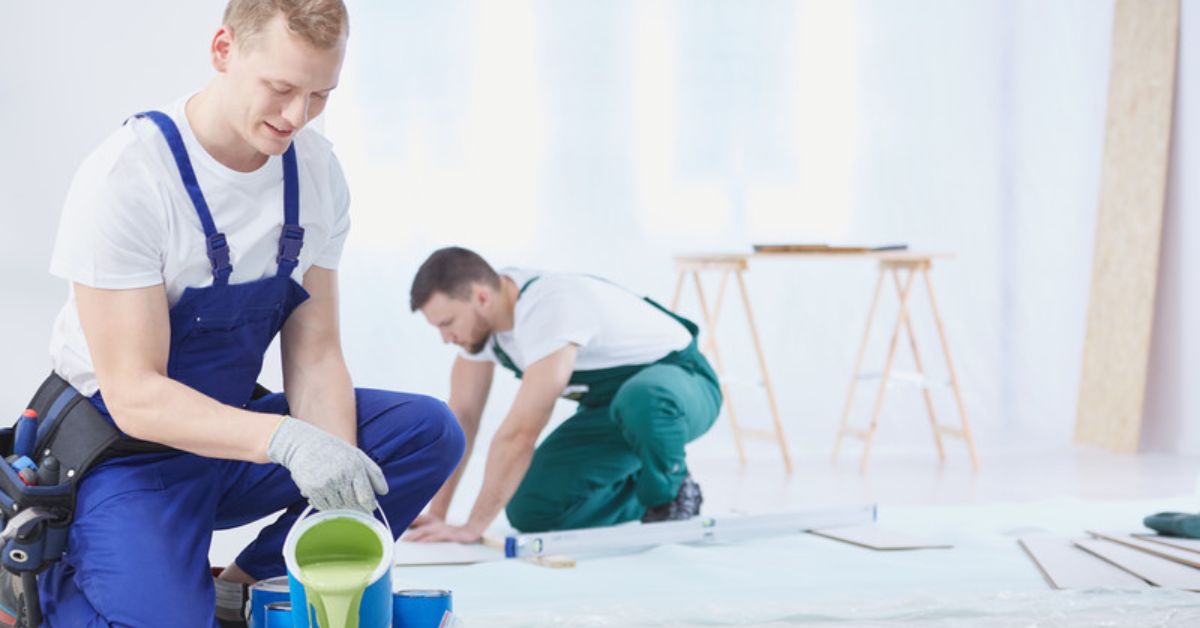Renovating a room with a fresh coat of paint can be both enjoyable and fulfilling, yet it may also seem like a challenging venture. One of the most important aspects of painting is determining how much paint do I need to buy. The amount of paint required depends on the area you want to cover. In this blog post, we will discuss calculating the amount of paint you need based on the area you want to cover. We will also provide some tips on choosing the right type of paint for your project.
The Basic Rule of Thumb
Painting a room or an entire house is a typical home improvement project, but one of the key challenges is determining how much paint to buy. The basic rule of thumb for estimating paint requirements is a handy starting point for many DIY enthusiasts. However, it’s essential to understand its limitations and know when to rely on more accurate methods for calculating paint quantities.
The Rule of Thumb
The general rule of thumb for estimating paint requirements is simple: for a typical interior space, one gallon of paint covers approximately 350 square feet (32.5 square meters) with one coat. This rule is a quick and convenient way to estimate paint coverage per gallon and determine how much paint you need for a project.
Limitations
- Surface Conditions: The rule of thumb assumes an average surface, which may need to be more accurate for textured or porous walls requiring more paint.
- Number of Coats: If you plan to apply multiple coats, the rule of thumb will underestimate the amount needed.
- Trim and Accent Colors: It does not account for additional paint needed for trim, doors, or accent colors.
Tips for Accurate Estimations
- Measure Your Space: Accurate measurements of the walls and ceilings are crucial.
- Adjust for Surface Conditions: Consider buying extra paint if your walls are rough or porous.
- Account for Multiple Coats: Account for Multiple Coats: Factor in the number of coats you plan to apply. When determining how many paint cans for a room you’ll need, be sure to consider the number of coats required for your project.
- Consider Additional Areas: Calculate trim, doors, and accent color paint needs.
Using Online Paint Calculators
Online paint calculators are web-based tools designed to help individuals, whether DIY enthusiasts or professional interior painting services, accurately estimate the quantity of paint needed for a project. These calculators consider various factors, allowing for a more detailed and precise estimate compared to the traditional “rule of thumb” method.
Features and Benefits
Online paint calculators come with various features that make them invaluable tools for anyone embarking on a painting project. Some of the key benefits include:
- Precision: Online calculators consider factors like the number of coats, surface texture, and the type of paint, providing a more accurate estimation.
- Convenience: Users can access these calculators from the comfort of their homes, making planning for a paint project more convenient than ever. These calculators, which provide estimates based on factors like room dimensions, the number of doors and windows, the type of paint, and even quart of paint coverage, can save you time and effort in your project planning.
- Time Savings: Online calculators work swiftly, providing estimates in seconds sparing users the hassle of manual calculations.
- Cost-Efficiency: By accurately estimating the amount of paint needed, users can avoid over-purchasing and save money on unnecessary paint.
How Online Paint Calculators Work
Using an online paint calculator is generally a straightforward process. Users input key information such as room dimensions (length, width, and height), the number of doors and windows, and the paint type they plan to use. The calculator then employs an algorithm that considers these inputs to generate a precise estimate of the amount of paint required for the project.
By using these online tools, individuals can achieve greater accuracy in their paint estimations, reduce the risk of shortages or wastage, and ultimately enjoy a more prosperous and cost-effective painting project. Whether you are sprucing up your living room or undertaking a major exterior painting job, online paint calculators, which take into account factors like gallons of paint per square foot, are valuable resources that will simplify the planning process and lead to more satisfying results.
Paint Calculation Methods
When estimating the amount of paint needed for a project, it’s essential to have a method that ensures accuracy. Using the right calculation method saves you money and prevents the inconvenience of running out of paint midway through the project. Here are the key paint calculation methods to consider:
Square Footage Method
- This is one of the most commonly used methods for estimating paint requirements. It involves measuring the total square footage of the area you plan to paint, including walls and ceilings.
- For each gallon of paint, you can typically cover around 350 square feet with one coat. You’ll need to factor this into your calculation if you’re applying multiple coats. This information helps you understand paint coverage per gallon and is important when planning your project.
Online Paint Calculators
- As discussed in a previous section, online paint calculators simplify the process significantly. They consider room dimensions, the number of doors and windows, and the type of paint to provide a precise estimate, considering factors like gallons of paint per square foot. These tools can be valuable in ensuring you have the right amount of paint for your project.
- These calculators also consider factors like surface texture and porosity, which can affect paint consumption.
Surface-Specific Calculation
- Some projects involve surfaces that deviate from the standard. For instance, unpainted or primed drywall may absorb more paint, so the calculation needs to be adjusted. It’s important to account for such variations in surface absorption when estimating your paint requirements, including a quart of paint coverage, for a project.
- Different surfaces like doors, trims, and accent walls may also require separate calculations due to the paint type, texture, and desired finish. Additionally, it’s essential to consider factors like weather resistance and UV protection when deciding on specific projects.
Paint Coverage Information
- The paint manufacturer’s recommendations are a valuable resource. Paint cans typically provide information about the expected coverage per gallon or liter, which can guide your estimation.
- High-quality paint might provide better coverage so you may need less paint than a lower-quality option.
Consultation with Experts
Many people ask can interior paint be used outside. Consulting with paint experts or professionals can provide valuable insights when in doubt. They can consider your project’s specifics, including any unique challenges, and offer a more accurate estimate.
Factors Affecting Paint Consumption
Estimating the amount of paint needed for a project is not as simple as just measuring the area and applying a standard rule of thumb. Paint consumption can vary significantly due to several factors, and it’s essential to consider these to ensure an accurate estimate. Here are the key factors that influence paint consumption:
Surface Texture and Porosity
The texture and porosity of the surface you’re painting can substantially impact paint consumption. Rough or porous surfaces, such as unfinished drywall or stucco, tend to absorb more paint. As a result, you’ll need additional coats and, consequently, more paint to achieve full coverage. In contrast, smooth and sealed surfaces require less paint.
Paint Type and Quality
The type and quality of paint you choose directly affect its coverage. Higher-quality paints often contain more pigments and binders, resulting in better coverage. Cheaper paints may require more coats to achieve the desired finish, leading to increased paint consumption. Some specialty paints, like textured or faux finishes, can be thicker and require more paint.
Number of Coats Required
Determining the number of coats needed is crucial. If you apply multiple coats, the paint consumption will naturally increase. Each additional coat can increase paint usage by a significant margin. Sometimes, you may need to estimate paint requirements based on two or even three coats to calculate more accurately.
Room Configuration
The layout and configuration of the room can influence paint consumption. Rooms with numerous angles, corners, and intricate architectural features may require more paint due to the increased surface area and cutting-in required around these elements.
Color Variations
Transitioning from a dark color to a lighter one, or vice versa, may necessitate additional coats to achieve proper coverage. This color transition factor can significantly impact the paint needed, especially when changing the room’s color scheme.
Surface Preparation
Proper surface preparation is key to efficient paint consumption. Surfaces that need to be adequately prepared, such as those with peeling paint or imperfections, may require additional coats or more paint to achieve a smooth finish. It’s often a good idea to consult with exterior painting contractors for professional expertise and assistance in dealing with such surface preparation challenges.
Painting Techniques
Your technique can also affect paint consumption. More efficient and consistent painting methods can lead to wasted paint. For example, excessive dripping or overloading the brush or roller can result in more paint being used than necessary.
Trim, Doors, and Accent Colors
Don’t forget to account for additional paint needs when painting trim, doors, or accent colors. These elements often require different paint types and additional coats, increasing overall paint consumption.
In a Nutshell
Accurately estimating how much paint to buy according to the area is fundamental to any painting project. While the “rule of thumb” can provide a basic guideline, the factors that affect paint consumption, online paint calculators, and suitable calculation methods all play a crucial role in achieving precise estimates.
By understanding the requirements of your project and considering factors like surface texture, the type and quality of paint, and the number of coats needed, you can prevent the inconvenience of running out of paint or overspending on unnecessary gallons.
This attention to detail saves you time and money and ensures that your painting project results in a beautifully finished space you can be proud of.
FAQs
How much paint per square foot?
One gallon of paint typically covers about 350 square feet with one coat. This general rule of thumb can vary depending on elements like surface texture and paint quality.
How many gallons of paint do I need?
The number of gallons of paint you need depends on the total square footage of the area you plan to paint and whether you’ll apply one or multiple coats. Measure the space and use the rule of thumb (1 gallon covers about 350 square feet per coat) as a starting point, but adjust for factors like surface type and the number of coats.
How much paint does a gallon cover?
A gallon of paint usually covers about 350 square feet with one coat. However, this coverage can vary based on surface texture, paint quality, and the number of coats applied.






